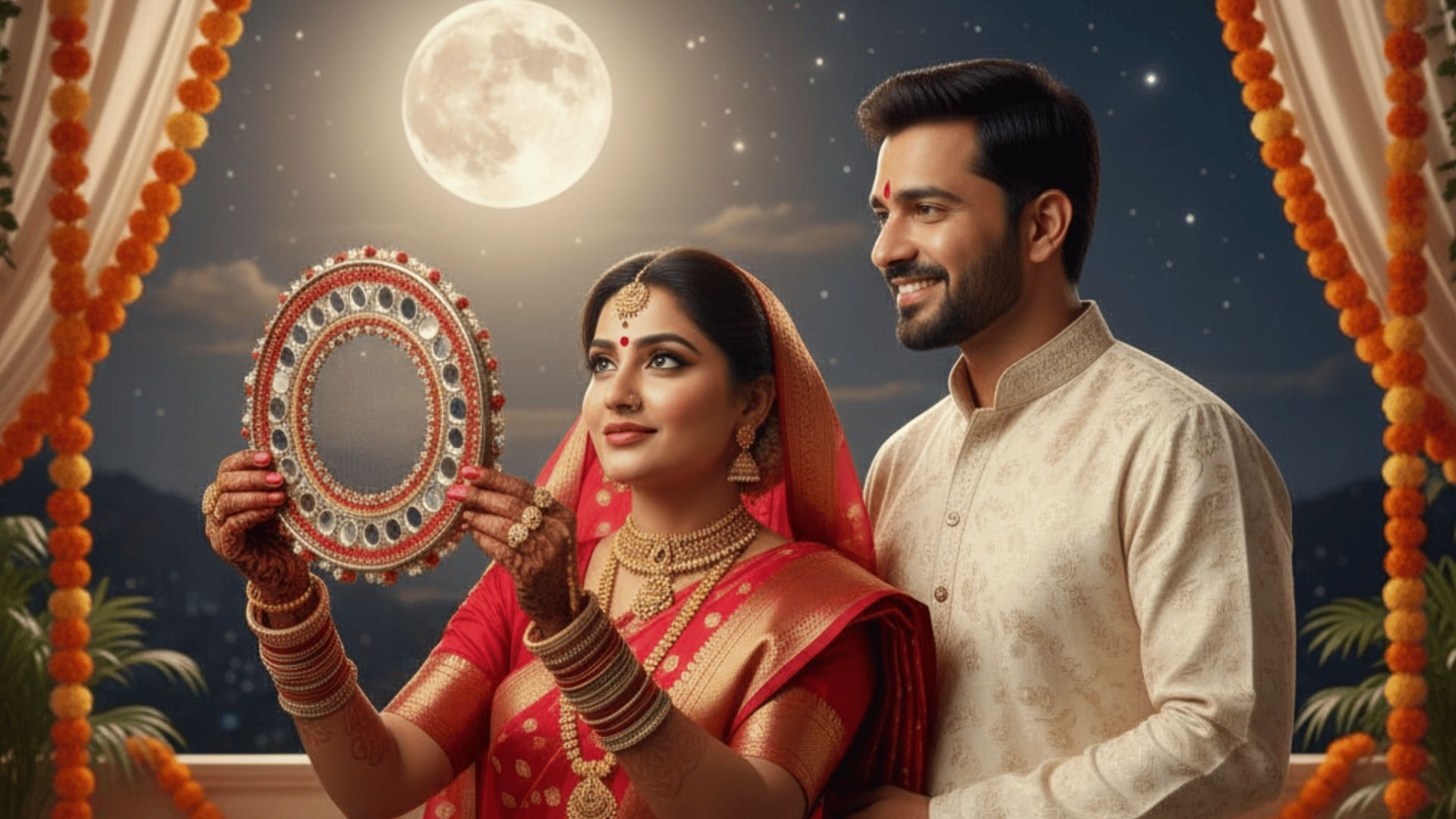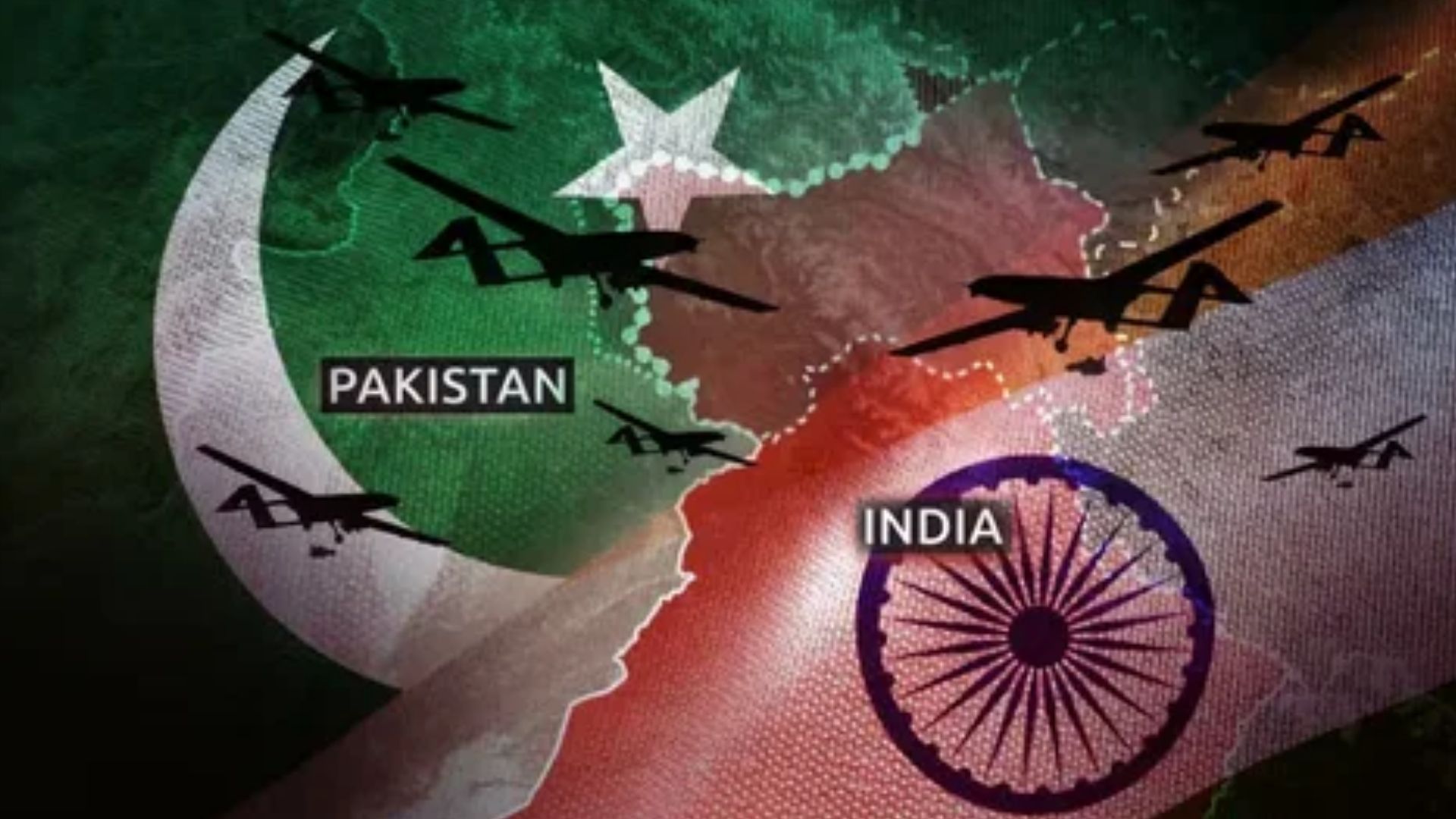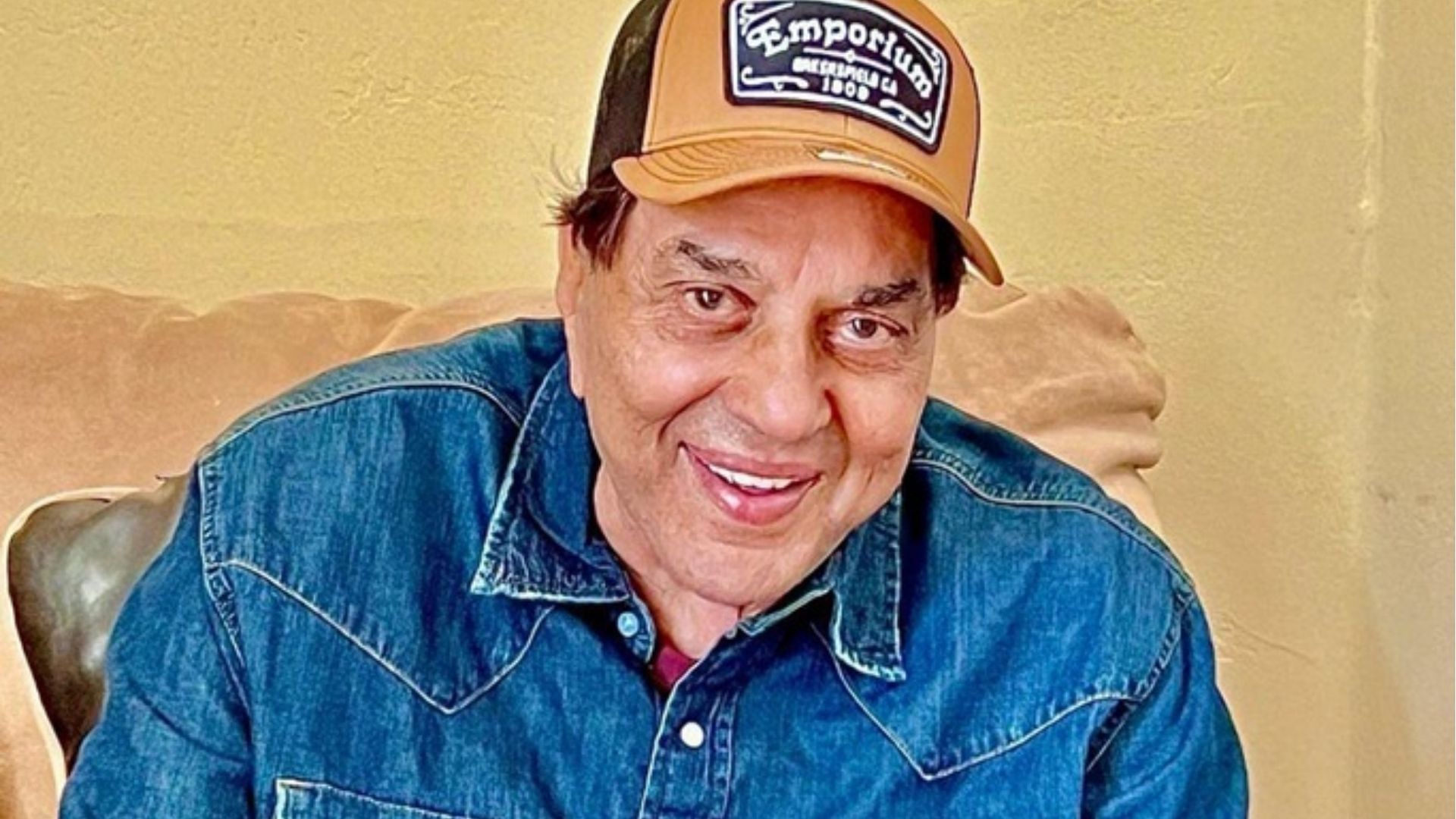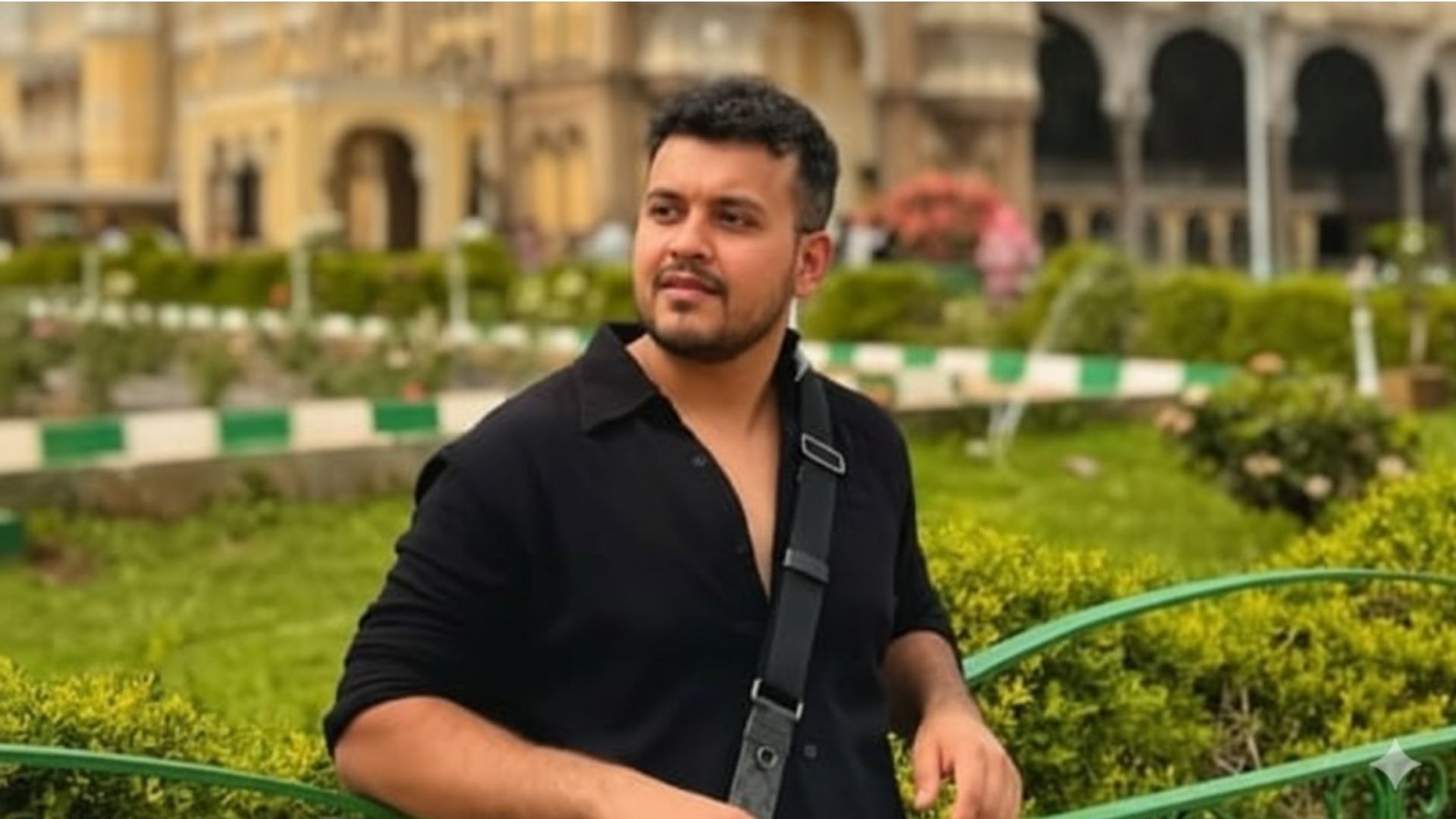India is a land of traditions, and among its many beautiful festivals, Karva Chauth holds a special place in the hearts of married women. Celebrated mostly in North India, this festival symbolizes love, loyalty, and the deep bond between husband and wife.
Every year, millions of women observe a day-long fast, praying for their husband’s long life and prosperity. But beyond the rituals, Karva Chauth has a beautiful story — a tale filled with love, sacrifice, and faith that has been passed down through generations.
Let’s explore the origin, the significance, and the heartfelt story behind Karva Chauth Ki Kahani — a festival where devotion truly shines brighter than the moon.
READ MORE : https://digitalmohit.co.in/category/festival/
What is Karva Chauth?
Karva Chauth is observed on the fourth day after the full moon (Purnima) in the Hindu month of Kartik. On this day, married women (and in some cases, unmarried women too) keep a nirjala vrat, meaning they don’t eat or drink anything from sunrise to moonrise.
They pray to Goddess Parvati and Lord Shiva for the well-being, health, and longevity of their husbands. The word “Karva” means earthen pot (symbol of love and peace), and “Chauth” means the fourth day.
This festival is not just about fasting — it’s about faith, patience, and celebrating the emotional connection between two souls.
READ MORE : https://digitalmohit.co.in/category/news/
The Traditional Rituals
Karva Chauth begins early in the morning before sunrise. Women eat sargi, a special meal prepared by their mother-in-law, which includes fruits, sweets, and dry fruits. After sunrise, the fast begins — no water, no food, no rest until the moon is visible.
In the evening, women dress beautifully in traditional attire — often in red or maroon sarees, adorned with bangles, sindoor, and jewelry. They gather for a puja ceremony, where they listen to the Karva Chauth Ki Kahani (the sacred story of devotion).
As the moon rises, women view it through a sieve and then look at their husbands’ faces — symbolizing love and eternal connection. The husband offers the first sip of water and a morsel of food, marking the completion of the fast.
The Heart of the Festival – Karva Chauth Ki Kahani
The origin of Karva Chauth is rooted in a legendary story of Queen Veervati, whose devotion and purity became the essence of the festival.
The Story of Queen Veervati
Once upon a time, there was a beautiful and kind princess named Veervati, the only sister among seven loving brothers. After she got married, during her first Karva Chauth, she decided to observe the fast for her husband’s long life.
Throughout the day, Veervati strictly followed the rituals — no food, no water. But as evening approached, she grew weak and fainted due to thirst and hunger. Seeing her suffering, her brothers could not bear the sight of their sister in such pain.
They decided to trick her lovingly. They climbed a nearby tree and placed a mirror in such a way that it looked like the moon had risen.
Veervati believed the moon had appeared, broke her fast, and ate her meal. But moments later, devastating news arrived — her husband had suddenly died.
Heartbroken, Veervati realized she had broken her fast before the real moonrise, unknowingly breaking the ritual’s purity. She wept and prayed to Goddess Parvati for forgiveness and her husband’s life.
Moved by her sincerity, the Goddess appeared before her and blessed her.
“Your devotion is pure. You will get your husband back, but you must observe this fast with full faith again.”
Veervati followed the instructions, and her husband came back to life. From that day, Karva Chauth became a symbol of faith, purity, and the power of true love.
Other Legends of Karva Chauth
Over the centuries, several other stories have also been linked to Karva Chauth, each highlighting women’s strength and devotion.
The Story of Karva and Yama
Another legend speaks of a woman named Karva, deeply devoted to her husband. When a crocodile caught her husband in the river, Karva fearlessly tied it with a cotton thread and prayed to Lord Yama, the God of Death, to save him.
Her strong faith and determination moved Yama, who granted her husband’s life back. Since then, her name became associated with the festival — Karva Chauth.
The Story of Draupadi
In the Mahabharata, when Arjuna went to the Nilgiri mountains for penance, Draupadi grew anxious for his safety. She prayed to Lord Krishna, who advised her to observe the Karva Chauth fast to ensure her husband’s well-being. She did so, and Arjuna returned safely — showing the spiritual strength behind the ritual.
Symbolism and Modern Meaning
While Karva Chauth began as a traditional ritual, it has evolved into a celebration of love and partnership. Today, it’s not just wives who fast — many husbands also observe the fast alongside their wives, showing mutual love and respect.
The festival promotes the idea that love is built on trust, care, and sacrifice. The moon, which symbolizes calmness and eternity, becomes a silent witness to the unbreakable bond between two souls.
In modern India, Karva Chauth is both spiritual and romantic — a day where couples express gratitude for each other’s presence and promise to nurture their relationship for life.
Final Thoughts
Karva Chauth Ki Kahani is not just a story from mythology — it’s an emotion that lives in every heart that believes in love. The fast, the rituals, the waiting for the moon — all are symbols of unwavering faith and deep affection.
Whether seen through the lens of tradition or modern love, Karva Chauth remains one of India’s most cherished festivals — celebrating devotion, patience, and the power of a woman’s love.
















Leave a Reply